- The Green Felon
- Posts
- Thread Lightly:
Thread Lightly:
Hemp 🩲 Babywear 👶 Gets A Test Run
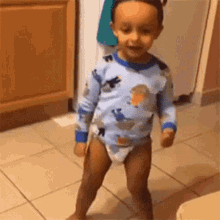
News 💾 Highlights:
Baby 🧒 Tula clarifies that hemp fabric used in baby products does not contain psychoactive compounds like THC or CBD, making it safe ✅ for infants. The company emphasizes hemp's sustainability and its natural resistance to mold and mildew. babytula.com
Fabric Material Guide highlights 🌟 hemp as a naturally hypoallergenic and breathable fabric, making it suitable for baby clothing 📿. The article notes that hemp is typically grown without excessive chemical treatments, reducing the risk 🚩 of skin irritation. fabricmaterialguide.com
Suvetah discusses the shift towards sustainable infant clothing 🧦, noting that hemp, along with organic cotton and bamboo, is gaining popularity due to concerns over toxins ☣️ in conventional baby apparel. Hemp's natural properties make it a safer choice for infants. suvetah.com
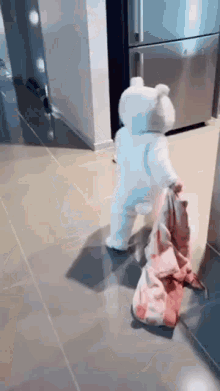
Quick Read 🫧:
🚼 Eco-Friendly Appeal: Hemp baby 👦 clothes boast sustainability, requiring minimal water and pesticides, offering an environmentally superior alternative to traditional cotton apparel.
🚼 Chemical Processing Concerns: Despite hemp’s natural origins 📍, industrial softening agents and dyes used in babywear manufacturing can introduce harmful toxins to infant skin.
🚼 Regulatory Ambiguity: Lack of consistent global standards for organic hemp textiles creates uncertainty around product safety and transparency in the infant clothing 🥼 industry.
🚼 Medical Perspectives: Experts emphasize evaluating chemical exposure over fabric 🦺 origin, warning that "organic" claims are often marketing tactics lacking empirical validation.
🚼 Parental Caution Checklist: Consumers should prioritize certifications like GOTS or OEKO-TEX, choose undyed garments 👔 , and perform fabric patch tests before fully dressing infants.
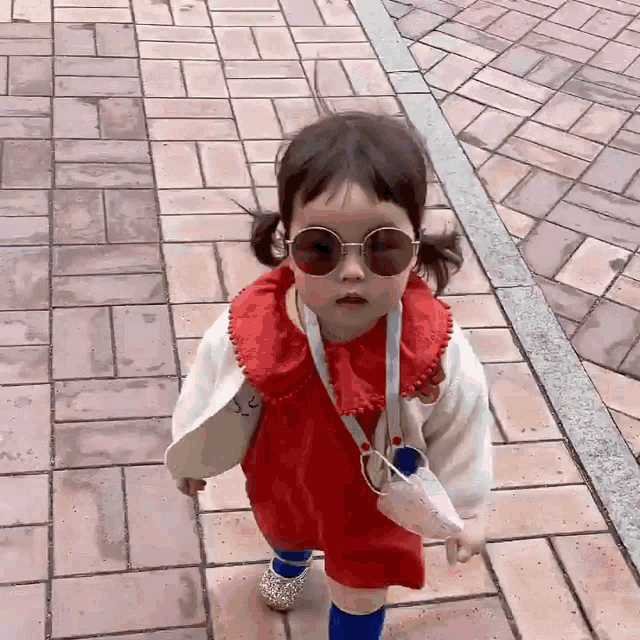
Baby’s 👧 Hemp Clothes: Safe or Suspect?
In an era where every giggle, gurgle, and garment is scrutinized, baby fashion has entered an ethical renaissance. Hemp clothing 👕 —a textile once relegated to hippie culture and eco-warrior 🛡️ niche markets—has now tiptoed its way into the crib. But as hemp baby rompers flood e-commerce racks, a serious question looms over the pacifier: Is this botanical 🧵 fabric truly safe for infants, or are hemp-clad cherubs wrapped in more controversy than comfort?
Industrial hemp is naturally resistant to mold and mildew and possesses anti-microbial and UV protection functions. Clothing made with cotton and hemp could help reduce the risk of skin disease for children.”
The Rise of Botanical Babywear 👖
The rise in hemp baby clothing aligns with two ✌️ converging parental obsessions: sustainability and safety. Modern parents are meticulously researching everything from bottle materials 🍼 to the thread count in onesies. Hemp’s reputation as an eco-friendly powerhouse—needing fewer pesticides, less water, and offering a faster harvest—makes it irresistible to millennial and Gen Z moms and dads browsing Etsy 🩳 at midnight.
But eco doesn’t automatically equal infant-safe. Here’s the core 🔍 dilemma: While hemp fibers are natural and breathable, the processing methods, chemical treatments, and textile blends may undermine their pristine 🌾 image.
Hemp 🆚 Cotton 👗: A Cloth Comparison
There are key metrics that differentiate hemp and cotton—the reigning monarch 👑 of babywear. Cotton’s softness 👘 is legendary, but it requires significantly more water and often heavy pesticide use. Hemp, conversely, grows like a weed (because it is one) and requires less water. But softness 🥻? Not its default strength.
Feature | Hemp Fabric ⛑️ | Cotton Fabric 🪖 |
|---|---|---|
Water Use | Low 💧 | High 💦 |
Pesticides | Minimal 🧚 | Often Extensive 🧪 |
Softness | Coarse Initially 🪡 | Soft from Start 🧸 |
Antimicrobial Properties | Natural 🦠 | Treated Artificially 🧼 |
Durability | High 🔒 | Moderate 🆗 |
Allergen Risk | Low (Unless Treated) 🚫 | Moderate to High ⚠️ |
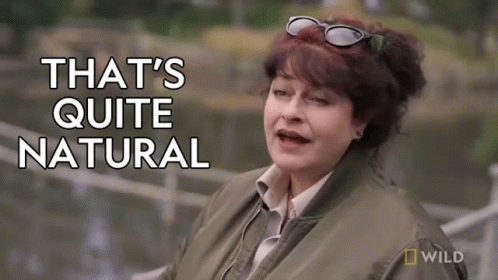
But Is It Too Natural? 🦧
The paradox of “natural” is that it can be both comfort 🩱 and culprit. Hemp fiber, in its rawest form, is rough—abrasive even. This is where chemical 👩🔬 processing often enters the chat. In order to make hemp wearable for the softest demographic on Earth, manufacturers may use softening agents, dyes 🟠, or enzymatic treatments that negate hemp’s hypoallergenic 🌡️ allure.
Here’s the punchline: many so-called “organic” hemp baby clothes 🧥 are only partially organic. If the dye used to print that adorable llama 🦙 pattern contains formaldehyde or phthalates, that sweet swaddle may be masquerading as a health hazard.
Regulations 🚓
Surprisingly, hemp baby clothing 🧢 exists in a regulatory gray zone. In the U.S., the Consumer Product Safety Commission (CPSC) requires baby garments to meet flammability 💥 standards and restricts certain chemicals. However, the term “organic” remains frustratingly slippery. There's no uniform certification process for hemp garments used in infant wear, and oversight is patchy across global 🌍 suppliers.
Even worse? Some overseas ⛴️ manufacturers may skip essential rinsing processes, leaving chemical residues that can irritate a baby’s eczema-prone skin. Imagine 🛁 bathing your newborn in lavender soap only to wrap them in a romper soaked in industrial softeners.
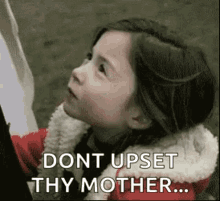
Anecdotes, Outrage, and Online Moms’ Forums 📲
Venture into the wilds of parenting Reddit or Facebook mom groups 🤳 and you'll find tales more dramatic than daytime television 📺. Some report miracle-like results—babies sleeping better in hemp onesies due to breathability. Others recount rashes that sent them running to pediatric dermatologists with diaper bags full of regrets 🎒.
And then there are the conspiracy theorists—those who suspect that Big Cotton is smearing 🧽 hemp’s good name, one organic romper at a time.
The Professional Verdict 🎓
Dermatologists 🤦 and pediatricians are cautious but not dismissive. According to Dr. Helena Frye, a pediatric allergist at Columbia University, “Hemp fabric is generally safe as long as it’s processed responsibly. Parents should focus more on the chemical profile than the fabric name on the tag.” 🔬
Translation: the issue isn’t hemp—it’s what’s been done to the hemp. As with all things infant-related, the devil 😈 is in the diaper bag details.
What to Look for in Safe Hemp Baby Clothes 🛍️
If you’re determined to swaddle ⚪ your baby like a boho influencer with a PhD, here’s a checklist worth taping to your organic bamboo-framed changing table:
GOTS or OEKO-TEX Certification 📜 – These global standards test for over 100 harmful substances.
Undyed or Natural Colors 🎨 – Skip flashy prints for the early months.
Made in USA or EU Labels 🇺🇸 – Countries with tighter regulations on textile safety.
Transparency from Brand 💬 – If they can't tell you how the hemp was processed, consider that a red flag.
Patch 🟩 Test First – Cut a small swatch and test on your baby's skin overnight before full wear.

Is Hemp Clothing 🎩 for Babies?
While hemp offers impressive sustainability 💚 credentials and promising antibacterial properties, the lack of consistent regulation and variable processing quality makes it a “maybe” rather than a “must” for cautious 🚧 parents. A hemp onesie might scream “Earth mama chic,” but safety still trumps aesthetics when it comes to delicate skin and underdeveloped immune 🩻 systems.
Would you dress your baby in hemp 🍁 if you knew exactly how it was made—or is that one rabbit hole 🐇 too deep for the nursery?
🧱 Build Healthy Habits 🏃♂️

The information provided in this newsletter is for informational purposes only and does not constitute medical, legal, or professional advice. Always consult with a qualified professional before making any decisions based on the content shared here.